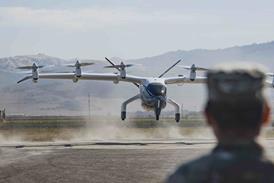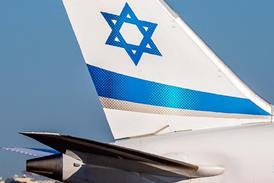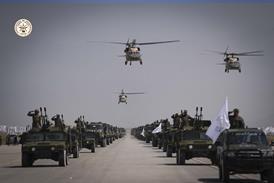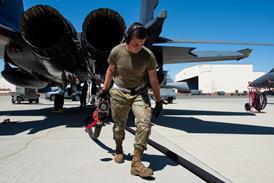DETAILS OF ONE of the two airborne laser (ABL) systems being offered for a $755 million US Air Force demonstration contract have been revealed by the Boeing/Lockheed Martin/TRW team. The weapon is designed to destroy ballistic missiles just after launch.
The group expects to submit its main proposal on 9 July, pending the expected release of a USAF request for proposals on 1 May. Facing it is a Rockwell, Hughes and E-Systems team. A contract award is due around January 1997, leading to an initial operational capability with three aircraft in fiscal year 2006. Full operational status is scheduled for FY2008, with seven aircraft, although the plan calls for a full demonstration in which a theatre ballistic missile will be destroyed as early as 2002.
The ABL is a first-tier theatre-missile-defence system aimed at destroying missiles during the boost phase shortly after launch. Boeing/Lockheed Martin/TRW is proposing using a Boeing 747-400, which would fly at altitudes of 38,000ft (11,600m) or more. A force of five 747s on primary alert, would be required to sustain two aircraft in the air during a regional conflict. Two further aircraft would be kept on standby.
Boeing ABL programme manager Paul Shennum says: "The main requirement is that it is an autonomous system, and we can't start our time line [to respond] until the missile breaks the clouds." The specified response time, average cloud-deck height and multiple-kill numbers are classified.
Shennum stresses the cost advantages of the ABL approach, saying: "You're talking about $2,000 per shot compared to $2-3 million with an anti-missile missile."
Boeing is integrating the ABL system, while TRW is responsible for the high-energy, megawatt-class laser, which will be fired from a gimballed turret on the 747's nose. Lockheed Martin is responsible mainly for the optical tracking and targeting equipment, having worked on similar systems for US Department of Defense programmes such as Talon Gold, Starlab and the ground-based Free-Electron Laser-Beam-Control system as well as the Hubble Space Telescope.
The winner will also study a series of "adjunct missions". These are likely to include the destruction of cruise missiles and possibly other aircraft, as well as anti-aircraft missiles for self-defence.
Source: Flight International




















